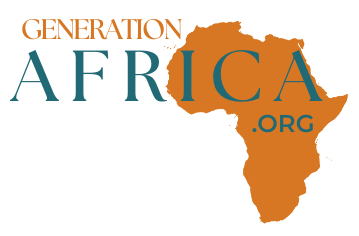aids
South Africa & SUB-SAHARAN AFRICA
IN SOUTH AFRICA
South Africa has 13 out of every 100 adults infected.
More than 30% of pregnant women accessing public health services tested positive for HIV in 2019 (UNAIDS 2020).
1 million South Africans need medication to prevent disease development and death, but only 10% are treated.
Due to the repercussions of the AIDS epidemic on production, and the cost of combating the disease, the South African economy is 17 to 20% smaller than it would have been without the syndrome (Study carried out by 2 American economists: Mr. Jeffrey Lewis from the World Bank and Ms. Channing from Purdue University).
AIDS accentuates poverty while limited access to health services and low levels of education tend to facilitate the progression of the disease.
IN SUB-SAHARAN AFRICA
In sub-Saharan Africa, the epidemic has orphaned more than 17.5 million children. (OSI, 2019).
Sub-Saharan Africa is the most affected region and is home to 67% of all people living with HIV globally and 91% of total new infections among children.
It is estimated that 15% of adults in sub-Saharan Africa are living with AIDS.
In 2008, an estimated 1.9 million people were newly infected with HIV in sub-Saharan Africa, bringing the number of people living with HIV to 22.4 million.
In 2016, an estimated 750,000 deaths from AIDS occurred in sub-Saharan Africa,
or 73% of global deaths.
In the nine southern African countries most affected by HIV, prevalence among young women aged 15 to 24
is on average a little less than twice as high as among men of the same age (2015).
SIDA
REPORT
AN OVERVIEW OF THE EASTERN AND SOUTHERN AFRICA AIDS EPIDEMIC IN 2022
In 2008, it was estimated that one in 20 adults in sub-Saharan Africa were living with HIV.
Sub-Saharan Africa remains one of the regions most heavily affected by HIV. In 2008, it accounted for 67% of HIV infections worldwide, 68% of new HIV infections among adults, and 91% of new HIV infections among children. In addition, it is in this region that 72% of global AIDS deaths were recorded in 2008.
Across the region, the impact of the outbreak remains enormous on households, communities, businesses, public services and national economies.
In 2008, it was estimated that more than 14.1 million children had lost at least one parent to AIDS in sub-Saharan Africa.
Main regional dynamics
Heterosexual sex remains the main driver of the epidemic in sub-Saharan Africa, with still significant transmission to newborns and breastfed babies. However, recent epidemiological evidence has revealed that the region's epidemic is more diverse than previously thought:
HIV prevention
There are indications that HIV prevention programs may have an impact on sexual behavior in some African countries. In southern Africa, a trend toward safer sexual behaviors was observed among young men and women between 2000 and 2007.
In South Africa, the proportion of adults reporting condom use during their first sexual experience increased from 31.3% in 2002 to 64.8% in 2008.
As with improving access to antiretroviral therapy, sub-Saharan Africa has made remarkable progress in expanding access to services to prevent mother-to-child transmission of HIV. In 2008, 45% of HIV-positive pregnant women received antiretroviral drugs, compared to 9% in 2004.








